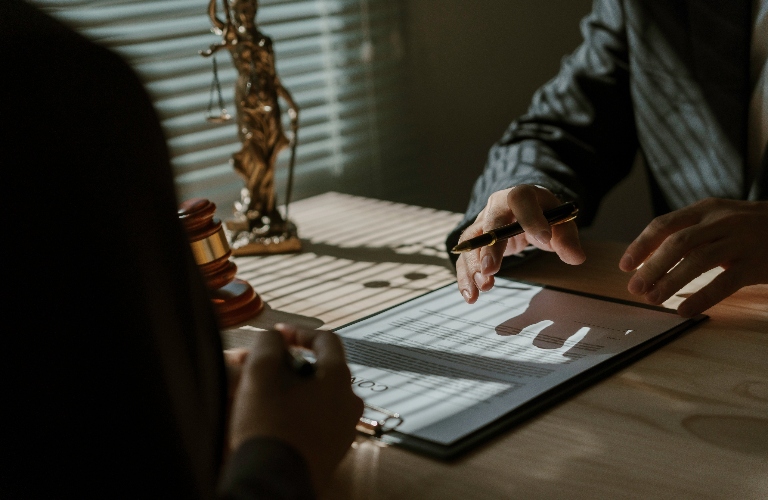It usually happens without warning. You get into the back seat of a rideshare, the weather outside is calm, and traffic feels routine. Maybe you glance at the driver’s GPS, maybe you scroll through your phone. Then the tires screech, the seatbelt locks against your chest, and in the space of a second you are part of a collision.
Once the initial shock fades, people often ask the same question: could the driver be held personally responsible for what just happened? The answer is not the same for everyone. It depends on timing, insurance, and the details of how the accident unfolded.
If you are unsure where you stand, it is wise to speak with a lawyer before making assumptions. Fabbrini Law Group offers private consultations where you can tell your story, ask questions, and get a realistic picture of your legal options.
The Basics of Liability in Rideshare Accidents
Rideshare drivers do not work under the same rules as taxi drivers. Instead of being employees, they operate as independent contractors. This means the company does not automatically take the blame for everything that happens behind the wheel.
Uber and Lyft both carry large insurance policies, but those policies only cover accidents during specific windows of time. Outside those windows, the driver’s personal auto insurance comes into play. This overlap can be confusing for anyone who is not used to dealing with accident claims.
When the Driver Can Be Sued Directly
There are moments when a rideshare driver can be taken to court as an individual. If they were off duty, not connected to the app, and caused a crash, the case would move forward much like any other accident involving a private driver. Their own insurance would be the first target, and if it is not enough, personal assets might be at risk.
There is also the question of conduct. If a driver acts in a way that is clearly beyond simple negligence, such as driving after drinking or intentionally putting passengers in harm’s way, the legal path can shift toward holding them personally accountable. Misconduct like harassment or assault also falls into this category.
When the Company’s Coverage Takes the Lead
In other situations, even if the driver is at fault, the company’s policy shields them from personal liability. This usually happens if the driver was logged into the app, had accepted a trip, or was actively driving a passenger. The rideshare company’s insurance becomes the main source for any claim, which can prevent direct lawsuits against the driver.
The tricky part is that the difference between being “on the app” and “off the app” can be just a matter of minutes. That detail can change the entire course of a case.
How a Personal Lawsuit Works in Practice
When a lawyer believes a direct lawsuit is possible, the first step is collecting proof. That might mean tracking down dashcam clips, taking photos of the scene, getting written statements from witnesses, or obtaining the official police report.
The driver’s status at the time is confirmed through records from the rideshare company. Once that is clear, the attorney can file the claim. From there, it can involve negotiations, mediation, or even a full trial depending on how the driver and their insurer respond.
Understanding Rideshare Insurance Phases
Rideshare insurance is divided into three distinct stages:
- Driver offline: Only personal insurance applies.
- Driver online but no ride accepted: Limited company coverage becomes active.
- Ride accepted or passenger onboard: Full company policy covers the accident.
Pinpointing which phase the driver was in can make the difference between suing the company and suing the driver directly.

Why You Should Have a Lawyer Handle It
These cases are rarely simple. There may be more than one party who could be responsible, and each one will have insurance professionals working to protect their side. Without legal help for a rideshare accident, it is easy to make a move that weakens your claim.
At Fabbrini Law Group , we work to identify exactly who should be held accountable and how to build a case that stands up to scrutiny. We also know the tactics insurance companies use to try to lower settlement amounts, and we push back when the offers are unfair.
Protecting Your Rights After a Rideshare Crash
It is possible to sue a rideshare driver personally, but it is not always the most effective route. The details of the accident, the driver’s status in the app, and the severity of their actions all influence the answer.
If you have been injured in a rideshare incident, do not try to figure it out alone. Contact Fabbrini Law Group for a confidential consultation. We will listen to what happened, explain your options, and help you take the next step toward fair compensation.


